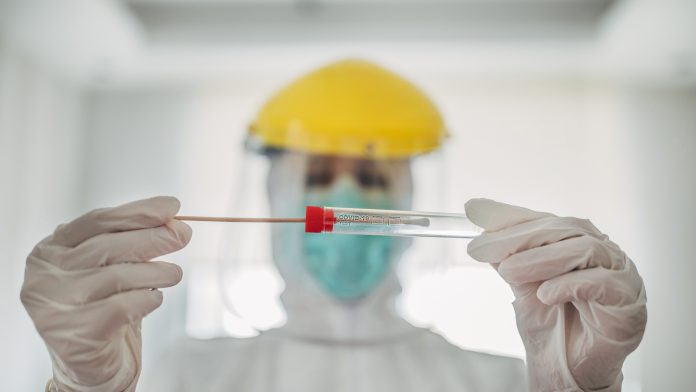Scientists have successfully scaled up CRISPR-based molecular diagnostics. Their innovative new technology uses microfluidics chips that can simultaneously run thousands of tests for COVID-19.
One microfluidics chip can detect a virus in more than 1,000 samples at one time. The chip also holds the potential to search a lower volume of samples for 160 different viruses. This technology, called Combinatorial Arrayed Reactions for Multiplexed Evaluation of Nucleic acids (CARMEN), can be used to test for COVID-19.
The importance of CARMEN during a pandemic
Offering same-day results, this technology could prove essential to reducing time spent testing for COVID-19.
“The current pandemic has only underscored that rapid and sensitive tools are critical for diagnosing, surveilling, and characterising an infection within a population. The need for innovative diagnostics that can be applied broadly in communities has never been more urgent,” said Pardis Sabeti, professor at Harvard University.
Led by co-first authors Cheri Ackerman and Cameron Myhrvold, both postdoctoral fellows at the Broad Institute of MIT and Harvard. Paul Blainey, core member of the Broad Institute and associate professor in the Department of Biological Engineering at MIT, Professor Sabeti, and Howard Hughes Medical Institute Investigator, are co-senior authors.
How researchers altered CRISPR diagnostics
The research team adapted microfluidics technology in order to build a testing platform with this capacity. Researchers created rubber chips, slightly larger than a smartphone, with tens of thousands of ‘microwells’ that each hold a pair of nanolitre-sized droplets. One droplet contains viral genetic material from a sample, and the other contains virus-detection reagents.
“CRISPR-based diagnostics are an attractive tool for their programmability, sensitivity, and ease of use,” said Myhrvold. “Now, with a way to scale up these diagnostics, we can explore their potential for comprehensive approaches — for example, enabling clinicians to see if patients are harbouring multiple infections, to rule out a whole panel of diseases very quickly, or to test a large population of patients for a serious infection.”









